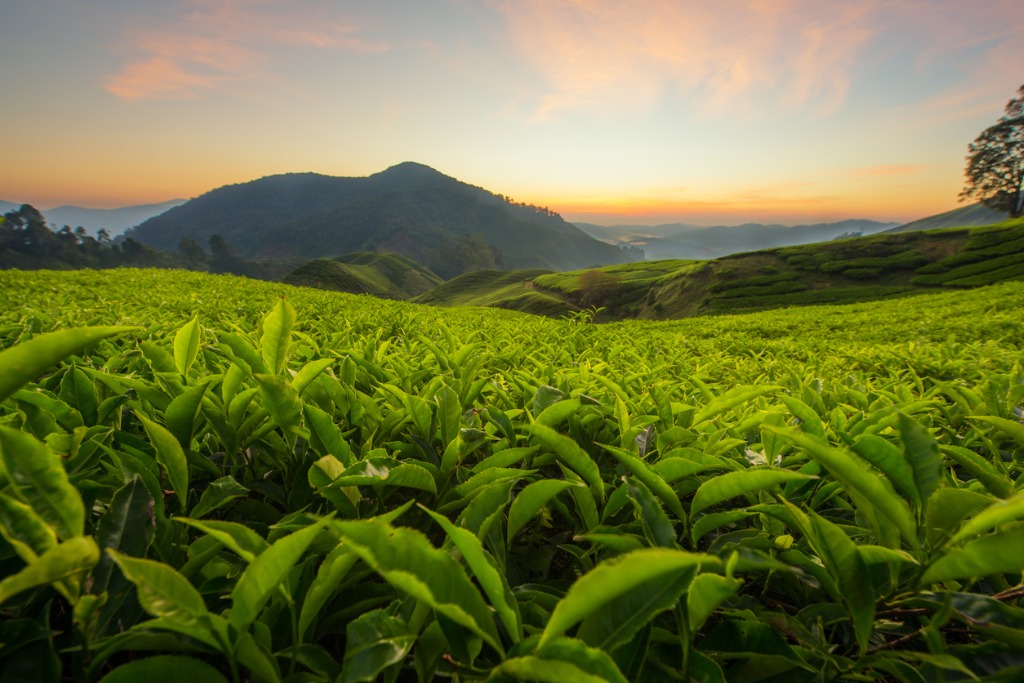
Coronavirus scare sends tea industry looking for greener pastures
Faced with the prospect of a dip in tea export in the wake of the coronavirus pandemic impacting global trade, the Tea Board of India is planning to give a fresh push to its drive to increase domestic consumption of the brew.

Faced with the prospect of a dip in tea export in the wake of the coronavirus pandemic impacting global trade, the Tea Board of India is planning to give a fresh push to its drive to increase domestic consumption of the brew.
At the same time industry bodies are also trying to find new avenues to reach out to prospective buyers.
Whammy amid first flush
The current crisis will hit the Darjeeling tea industry the most, experts say, as the latest whammy comes amid the first-flush (first plucking of a harvest) season. Around 20 per cent of the annual production of over 8 million kg of Darjeeling tea comes from the harvest of first two months of the new season, beginning February.
These early tender and delicate leaves lend Darjeeling tea its special aroma and the muscatel favour, making it one of the most prized and expensive tea. It is so exceptional that connoisseurs of the brew call it the “champagne of teas.”
“Japan and Germany are the top importers of the premium first flush tea from Darjeeling. But with travel restrictions imposed, many of the buyers from these countries are not able to come to take part in the auction,” said Prabir Kumar Bhattacharjee, the secretary general of the Tea Association of India.
If the first flush tea could not fetch international buyers, it would be a huge loss for the industry, which is trying to recover from the setback it suffered in 2017 due to a 104-day-long strike in the hills over the separate Gorkhaland demand.
Related news: COVID-19: States brace to combat pandemic as cases spike to 107
“Cancellation of flights by the airlines to affected countries means tea cannot be airlifted to importing countries. If foreign buyers cannot come they are unable to taste, select and buy tea of their choice,” Darjeeling Tea Association said in a release.
It’s not that only the Darjeeling tea industry would be affected, the impact would be widespread, Bhattacharjee told The Federal.
Couriers, the new alternative
Besides travel and transport restrictions, the tea industry is also grappling with the fact that two major Indian tea importing countries—Iran and China—are now out of bounds, being the epicentres of the viral outbreak. Iran emerged the largest buyer of Indian tea, importing around 53 million kg last year. The shipment to China too witnessed an upsurge from around 7 million kg in 2018 to over 12 million kg in 2019, following a rise in demand for India’s black tea in the green-tea-drinking nation.
“Iran and China are critical markets for us. So any suspension of trade with these countries is definitely a matter of concern. But we have to wait and see how long this crisis lingers to make the actual assessment of the impact,” said Sujit Patra, secretary, Indian Tea Association.
Sounding optimistic, he opines that since India is an established market and the buyers have a fair idea of the quality of tea, efforts are on to explore other avenues like sending samples through couriers to prospective buyers.
Need to increase per capita consumption
However, Bhattacharjee said even a 10 per cent drop in export would cause a rapid slide in prices fetched in the domestic market as India is a tea surplus country. There is about 50 million kg of backlog tea already in domestic market, he added.
“Sensing all these eventualities, Tea Board has taken a stock of the situation. It has decided to vigorously promote domestic consumption by holding road shows and other such events in major tea consuming states of the country,” he told The Federal.
The idea is to increase per capita tea consumption in the country.
Related news: Delhi man infected by coronavirus came in contact with 813 people
India despite being the second largest tea producer in the world after China, does not rank even in the top 50 tea consuming countries, with a per capita consumption of 0.78 kg per year.
The Union territory of Jammu and Kashmir and the states of Gujarat, Goa, Punjab, Rajasthan and Himachal Pradesh are some of the top tea consumers in the country. An average person in West Bengal, home to world famous Darjeeling tea, consumes less than the national average at 0.70 kg per year.
Opportunity for Indian green tea growers?
Amid the dark cloud, Patra, sees a silver lining. He feels since Chinese tea industry is the worst affected, it may ultimately open up an opportunity for India’s green tea producers.
China is the biggest exporters of green tea with some of the major importers being Morocco, the US, Japan and Germany.
“Buyers from Morocco, who were earlier importing green tea from China, have already approached us. A delegation was also supposed to come. But now after the travel restrictions, their visit has been put off. Through our embassy there we are now trying to send samples to them,” Patra said.
Meanwhile, the ITA has postponed its annual India Tea Trade Day, scheduled on April 3 till further announcement in view of the government’s advisories against mass gathering.


